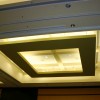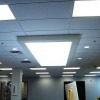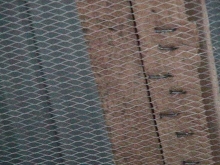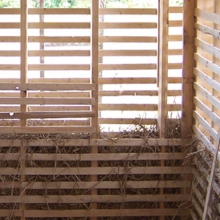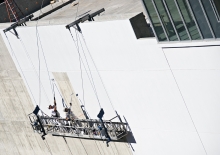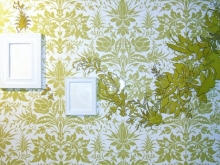Plaster assemblies include traditional three coat systems over wood, metal, or rock lath, as well as more recent plaster systems such as veneer plasters.
Plaster in a traditional three coat system is unmatched in its strength and durability. This system is also fire resistive and can reduce sound transmission. Plaster must be applied in such a way that it adheres to the support surface; the support surface, in turn, must be strong enough to carry the weight of the plaster. In the past, applying a plaster coating over a stone or masonry wall seemed to satisfy the strength and texture requirements. However, when framed construction became popular, interior walls lacked both. To solve this problem, thin strips of wood called lath were applied perpendicular to the framing. This solution both strengthened the wall and created a uniform surface to which the plaster could adhere.
